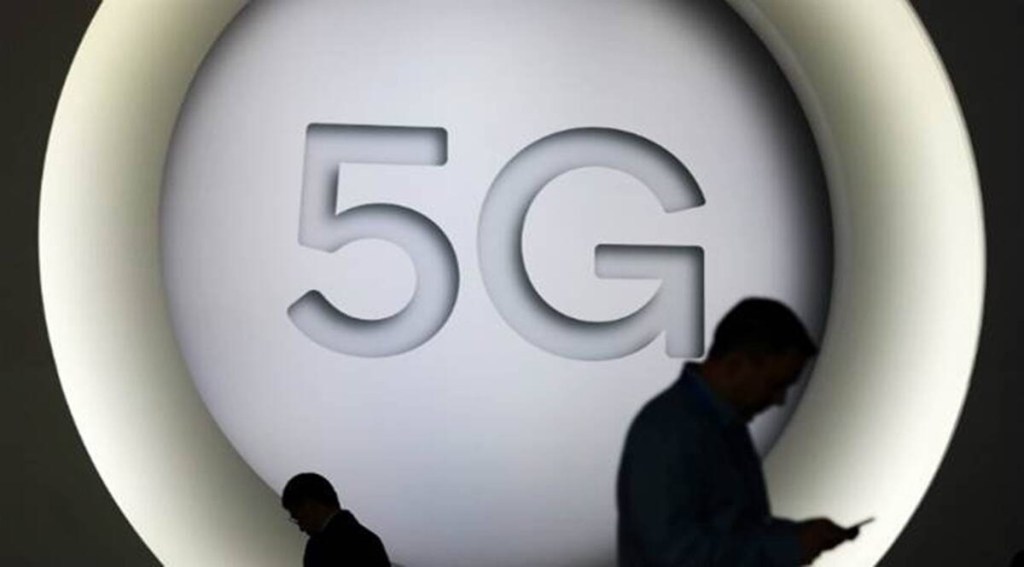In the fight among telcos over the millimetre (mm) wave band spectrum, Reliance Jio seems pitted against its partner in the recently announced satellite joint venture, Jio Space Technology. The main issue over which the partners differ is the auction of the 27.5 GHz-28.5 GHz spectrum.
While Reliance Jio has been consistently demanding that all the spectrum be auctioned, Luxembourg-based space technology firm SES, which is the JV partner for Jio’s space outing, wants the same to be reserved for satellite services. SES has further said that the 3600 MHz-3670 MHz band, which is also being used to provide satellite services in India, should not be auctioned. “…both of these band segments should be excluded from India’s 5G auctions as unnecessarily jeopardising productive satellite services in order to satisfy uncertain 5G spectrum demand,” SES has said in its comments to the Telecom Regulatory Authority of India (Trai) on the upcoming auctions.
The comments for the upcoming 5G auction were submitted to Trai earlier, while the JV was announced on February 14. Jio had reiterated its stand on auctioning all available spectrum during an open house discussion conducted by Trai on February 8.
On the issue, Jio also stands pitted against rival Bharti Airtel, besides other satellite firms. Bharti supports spectrum beyond 27.5 GHz being planned or used for satellite services. “The 28 GHz band starting from 27.5 GHz is being utilised by satellites for broadband and mission critical government services. If this satellite spectrum is further reduced, it would impact the serving capacity and offered quality of services in the uncovered regions which are hard to serve from the terrestrial networks,” Airtel said in its submission.
Vodafone Idea, though, is in support of auctioning the entire mm band for 5G services.
To support their submission over the mm wave band, satellite players have highlighted that 5G in the band is too costly and not good for coverage. As per satellite players, frequency range 27.5 GHz-28.5 GHz is already in use in many of the satellites either launched or in build stage. “Considering the propagation characteristics of the 27.5 GHz-28.5 GHz frequency range, it is best suited for capacity enhancement in urban areas. However, satellites use the 27.5 GHz-28.5 GHz for service coverage all across the country. Additionally, this band is used by satellites for providing coverage to subscribers who live in unserved and underserved areas,” Hughes said in its comments.
It further said allocation of 27.5 GHz-28.5 GHz for mobile services will impair all of the current and future satellites over India at least by 50% in terms of capacity.

